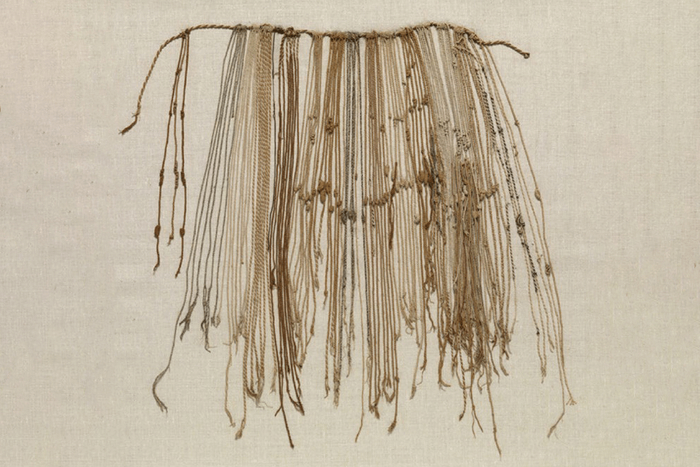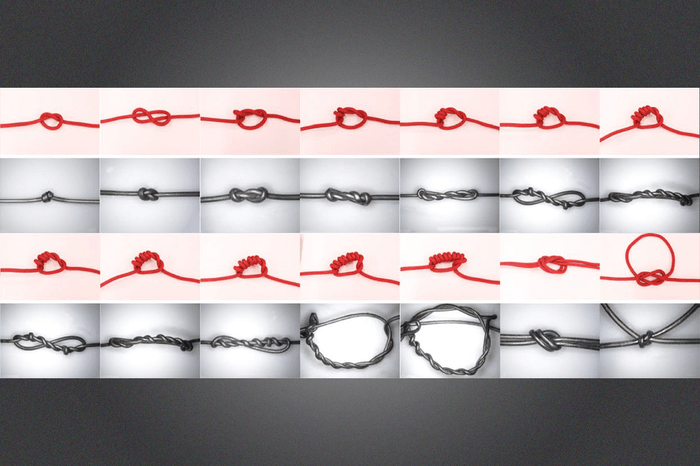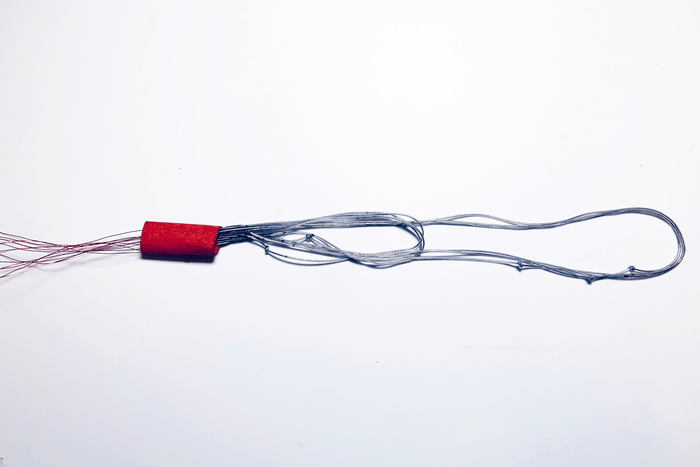If you tried drinking a glass of water while standing on your head (not that we recommend you do!), would it work? The answer is yes. There are rhythmically contracting muscles within the walls of the gastrointestinal (GI) tract, moving the water in the right direction to the right destination. When that gut motility goes awry, however, the result can be acid reflux, a stomach that won’t empty, constipation, and other disorders. Inspired by ancient Incan technology, engineers have designed a new device to assess problems in gut motility.
The device, known as the quipu, consists of a set of colored cords knotted in different ways. They were used by the Inca and other ancient civilizations of the Andes to record information and send messages, before writing was developed.
“This is a really simple, inexpensive setup, yet we’re able to make a measurement that typically would require devices that cost thousands of dollars and are much more complicated,” says Giovanni Traverso, Assistant Professor of Mechanical Engineering at the Massachusetts Institute of technology (MIT), in a statement. Motility disorders are usually diagnosed with a catheter containing pressure transducers, which sense contractions of the GI tract.

In animal tests, MIT researchers and their collaborators at Brigham and Women’s Hospital compared their simple device, a silicone tube filled with liquid metal and knotted many times, with high-resolution manometry. The measurements were equivalent.
“High-resolution manometry can measure the pressure and speed with which contractile waves are traveling, but those systems are fairly expensive, in the tens of thousands of dollars range, and they require maintenance and sterilization between patients,” says Traverso, also a gastroenterologist at Brigham and Women’s Hospital.
“Our goal was to make a device comparable to the existing, commercially available, catheter-based pressure transducers, but at the same time, bring down the cost and make it easier to produce and deploy,” adds Kewang Nan, also a scientist at MIT.
The researchers began with a simple catheter made of silicone, which they filled with gallium-indium eutectic, a liquid metal that is nontoxic in small quantities. They sealed the tube at both ends. In an unknotted state, the tube was not sensitive enough to detect changes in pressure in the GI tract.
When they introduced knots at intervals along the tube, however, the researchers found that the catheter became much more sensitive to changes in pressure. It could detect pressures up to about 200 millimeters of mercury, the highest pressure generated in the human GI tract.
The researchers also report that pressure sensitivity can vary based on the type of knot and how tightly they are tied. Knots spaced about 1 centimeter apart matched the spacing of the pressure transducers in a manometer. The knots could be placed closer together for other applications.

The devices can withstand high temperatures and be treated in an autoclave, a medical instrument used to sterilize objects with heat and pressure. This gives them an advantage over existing manometry catheters, which must be chemically disinfected. Additionally, the new devices are so inexpensive to make that they could be discarded after each use.
The quipu-inspired sensors could be useful in places where there is no access to current manometry technology, and in more industrialized areas as a less-expensive, easier-to-use alternative to manometry.
“I think this kind of diagnostic could be broadly applied both in developing and developed world settings,” Traverso says. “The next step is identifying potential partners to help us manufacture these, and then test them in patients.”
The paper is published in the journal Nature Biomedical Engineering.
